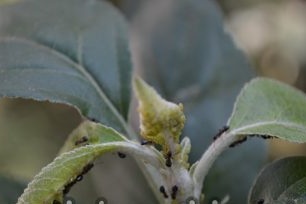 The article deals with diseases of the apple tree, their description with photographs and methods of treating one or another disease.
The article deals with diseases of the apple tree, their description with photographs and methods of treating one or another disease.
Apple trees are one of the most typical fruit trees for our latitudes. They grow in almost every garden and it is almost impossible to find a person who would not like to enjoy their juicy sweet and sour fruits. But, unfortunately, plants often suffer from various diseases. Therefore, if an apple tree grows in your garden, you just need to know how certain pests manifest themselves and how to deal with them.
Diseases of the apple tree (with a photo on the leaves) and their treatment
Scab or apple fungus
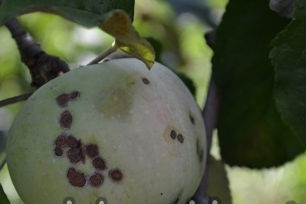
In most cases, it only affects apples and pears. Drops of water that carry spores are the spread of the disease. Therefore, it is worth fearing scabs if it rains often and long in the spring. The first sign is the appearance of an olive-brown coating on the leaves, then there are more noticeable dark spots on the fruits and cracks. This is the shortest path of penetration of the pathogen.
In the future, apples begin to rot. The fungus also affects leafy petioles, they dry, and soon completely crumble. It is noteworthy that the tree itself does not dry out, but grows further. This creates additional favorable conditions for the development of the disease.
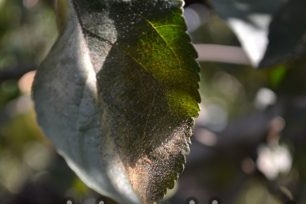
Any problem is easier to prevent than to cure. Therefore, pay attention to preventive measures. Since autumn, carefully remove dry foliage, fruits, cut branches. In spring, even before flowering, it is recommended to use special preparations for treating trees. Some can be sprayed after flowering. Feed the plant with mineral fertilizers with the addition of potassium salt, nitrate, ammonium.
Find out, how to spray apple trees in the spring from diseases and pests.
Fruit rot
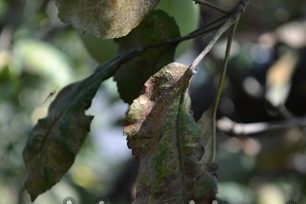
Another name for this disease is monilitosis. Most often, it can be seen when the fruits have already begun to ripen. The development of the disease is also favorably affected by environmental humidity. If the scab is already present on the apple tree, then there is a risk that the rot will begin to multiply on the apples. Touching healthy fruits, the disease passes from one fruit to another. At first you can notice only a small speck, but very soon it will grow into the whole product. The apple changes color - it becomes brown and softer, that is, rotten. This disease is resistant to frost.
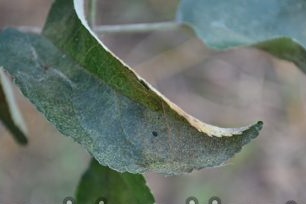
The first rule to combat fruit rot is to immediately cut off the infected fruit. Fallen apples must also be collected and buried. In the future, after harvesting, treat the tree with urea (5% solution). The best friends of moniliosis are geese, codling moths, so hurry to protect the plant from them too. As a preventative measure, spray apple trees with boron liquid in spring. The drugs (for example, “Hom”) that will advise you in specialized stores are struggling with the problem.
Cytosporosis
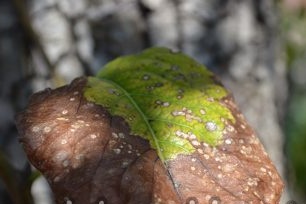
This is an equally common disease in which the cortex is affected. This happens due to improper irrigation or inappropriate soil. First of all, weakened trees are affected, especially those that have bark damage. Dark ulcers appear on branches and bark. After some time, they become more visible and deep. Further, the branches begin to dry and fall.
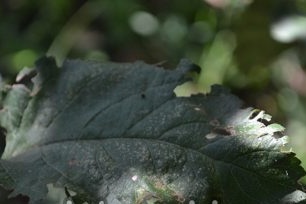
Be careful when pruning apple trees.Wounds must be treated with drying oil or garden var. Preventive measures include treating the plant with copper sulfate or special preparations that contain potassium and phosphorus.
Bacteriosis or bacterial burn
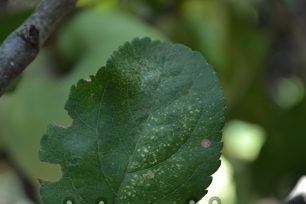
It occurs due to a bacterium called gram-negative bacillus. They are detrimental to both young and mature trees. The disease is easily transmitted by infected cuttings. Favorable weather conditions include elevated air temperatures and rains. It may appear even during flowering, in which case flowers fall. Further, the whole tree is covered with dark spots, the leaves become as if burnt. When branches are affected, dark watery marks appear on them. Sick leaves may not fall from the apple tree for a long time.
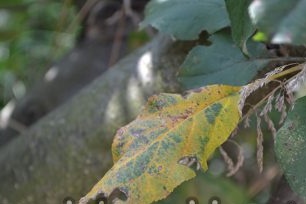
So that such an ailment does not climb into your garden, carefully inspect the material for planting. Fight small tree pests, they can be carriers. For disinfection, it is better to use a solution of copper sulfate. It is also necessary to remove the affected parts of apple trees in time and burn them.
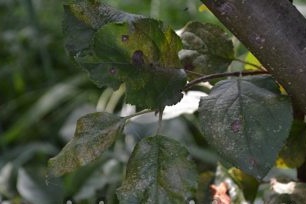
Milky shine
Its cause is a basidiomycete, which has a detrimental effect on branches and leaves. If you notice milky spots with glitter on the tree - take action soon. Infected branches lose their ability to bear fruit. Most often, the disease can be seen in mid-summer, when the plant lacks fertilizer. Milky shine appears on apple trees that grow on poor soil and do not receive proper watering.
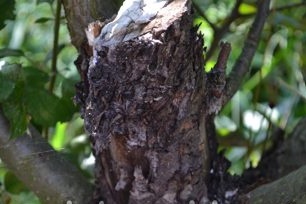
To prevent the problem, cut trees in a timely manner, burn diseased parts. If the tree is badly damaged, it should be completely removed. In autumn and before flowering, it is recommended to whitewash garden trees with lime mortar. Do not forget about drainage, timely watering and fertilizers.
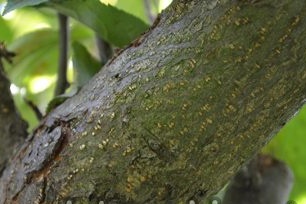
If you want to have a beautiful and rich garden - carefully monitor the health of apple trees. Then they will delight you with an excellent harvest.
An article will also be useful to you - Cherry diseases: description with photos, treatment methods.

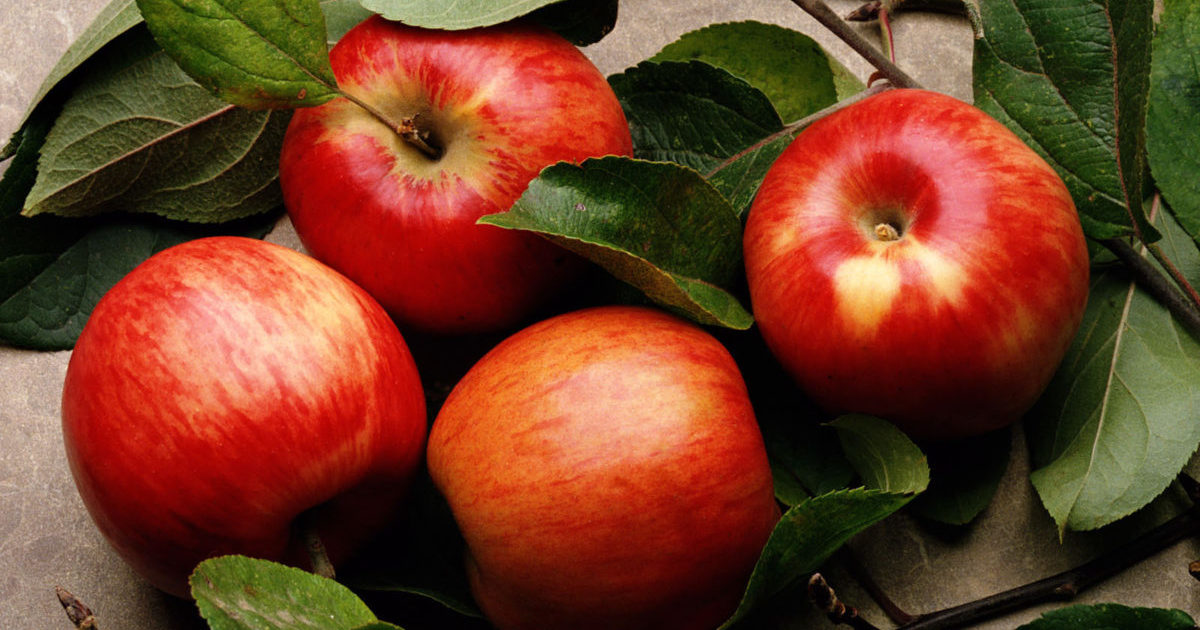
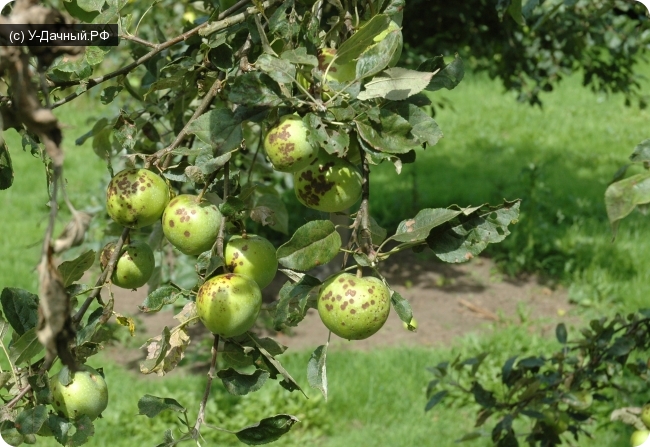
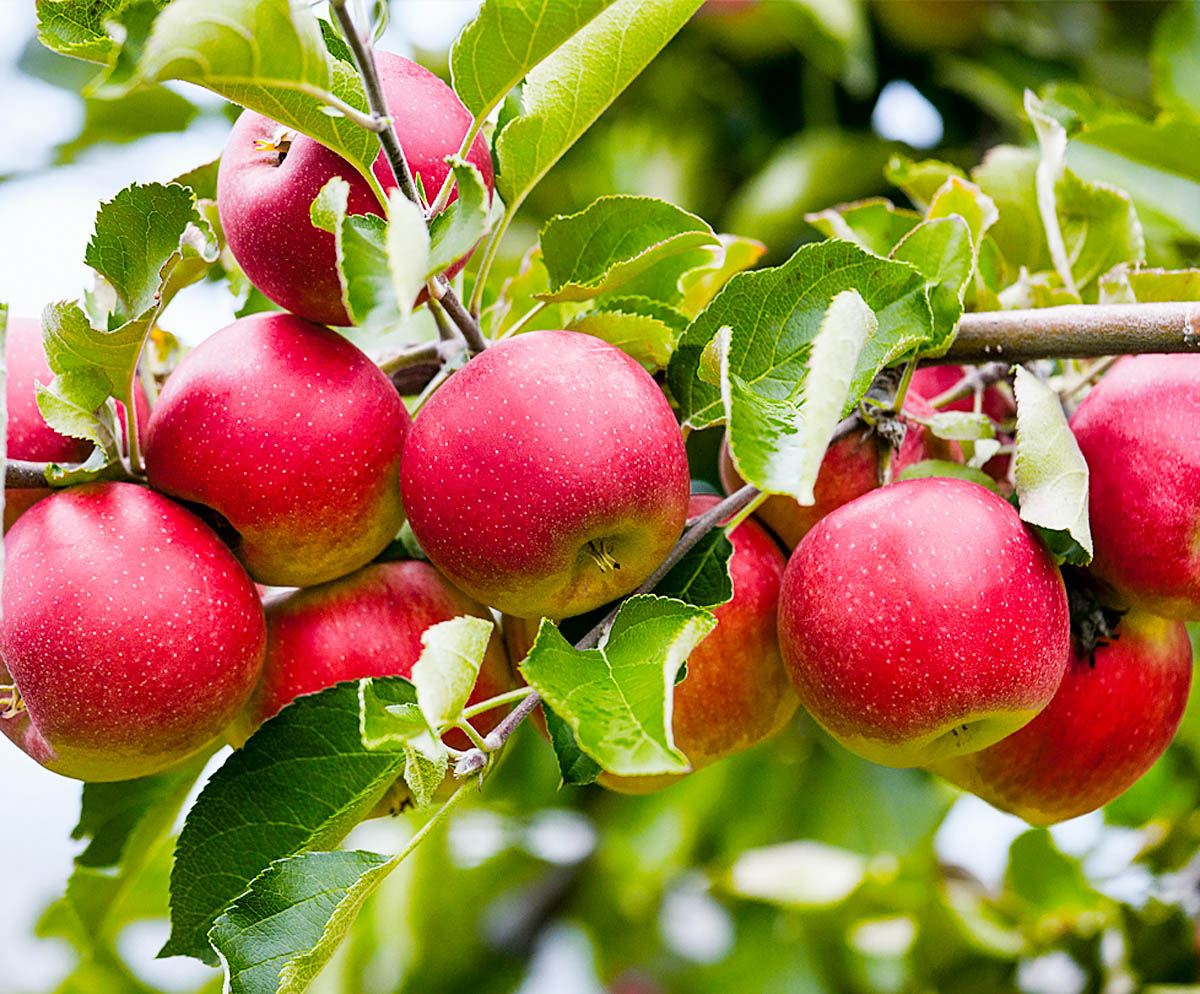
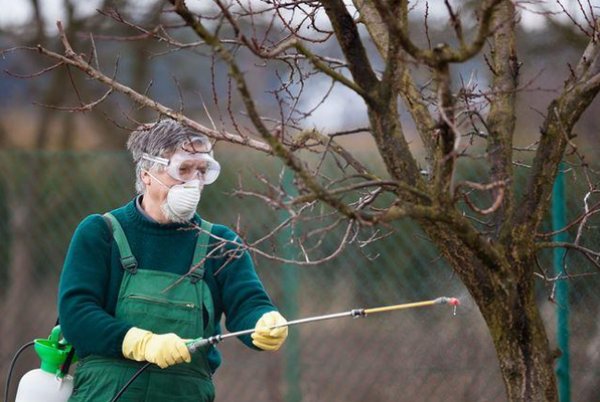 Autumn processing of apple trees from pests and diseases: how to spray, terms
Autumn processing of apple trees from pests and diseases: how to spray, terms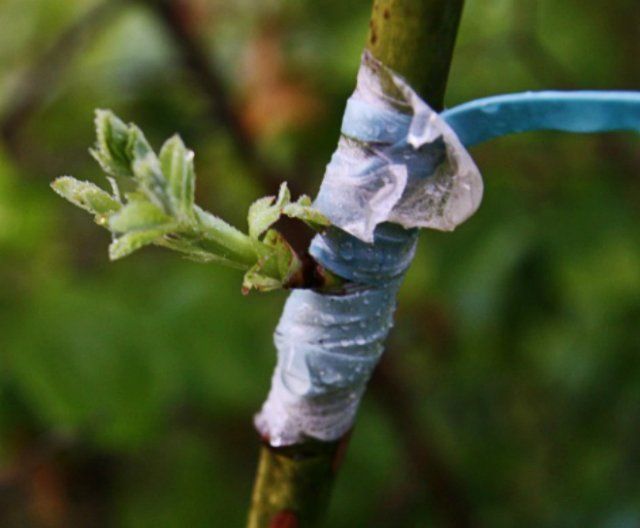 How to plant an apple tree in the fall
How to plant an apple tree in the fall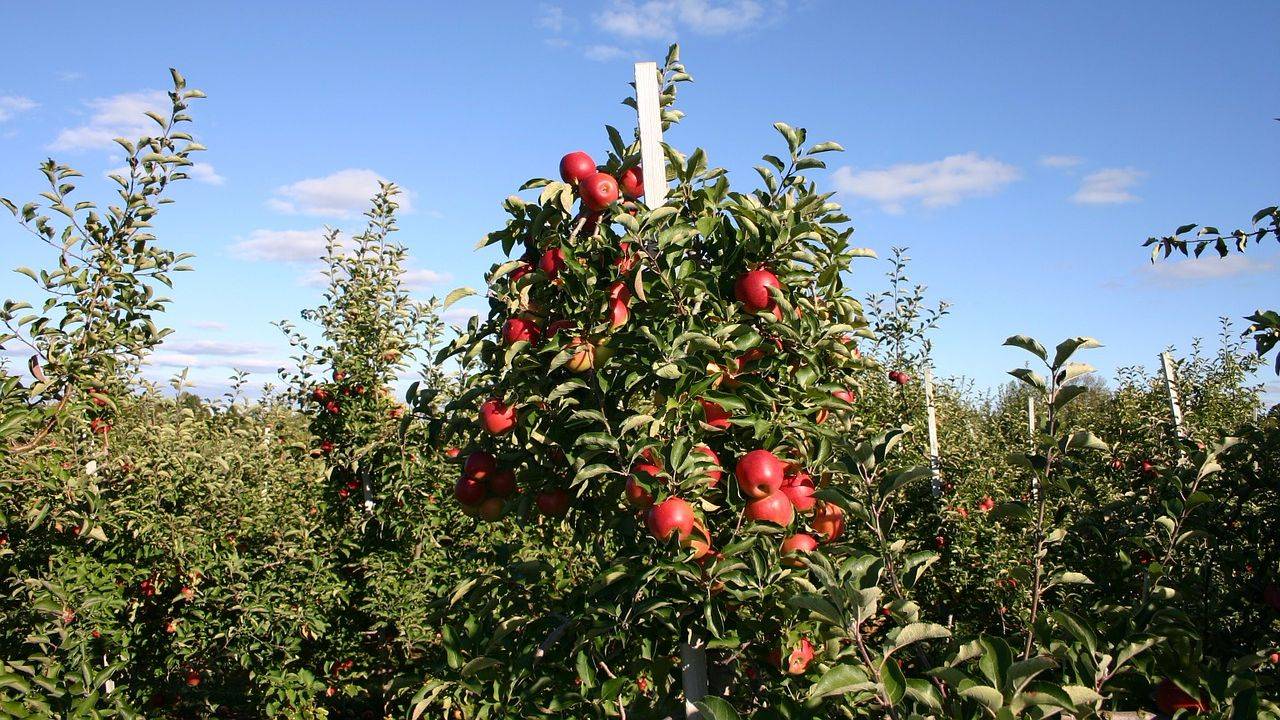 How to prune a columnar apple tree in autumn: features, timing, patterns
How to prune a columnar apple tree in autumn: features, timing, patterns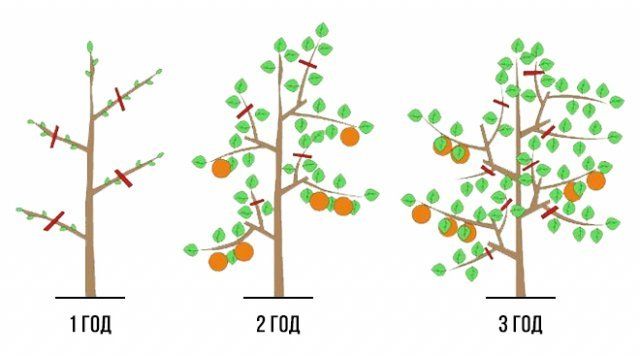 Autumn apple pruning scheme for beginners
Autumn apple pruning scheme for beginners
Olga
At the dacha there are four apple trees and I know their diseases firsthand. Faced already with an apple fungus - one tree could not be saved, since measures were taken to cure late, it was necessary to cut down. The second tree was saved, but it did not bear fruit after the illness for two years, and only this year there was a small crop. Milky shine also had to be encountered with the disease. But here the problems are solved easily - you need to cut the infected branches and everything will be fine with the tree, but it is important to notice the disease in the initial stage. In general, apple diseases are an unpleasant and not always treatable thing.